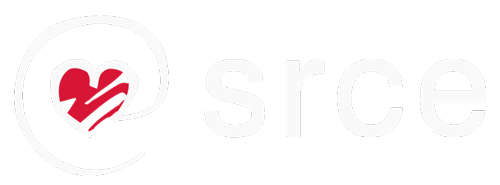- Hrvatski
Course content
Labaratory Research Methods in Conservation and Restoration
- Code:
- 210021
- Abbreviation:
- PMC218
- Higher education institution:
- Arts Academy
- ECTS credits:
- 3.0
- Load:
- 35(E) + 15(L)
- Issuing teachers:
-
Assistant Professor Ivica Ljubenkov, PhD
- Course contractors:
-
Assistant Professor Ivica Ljubenkov, PhD (E, L)
- Course description:
- LECTURES 1. Introductory lecture, unit operations in laboratory, safety when working in the laboratory (2 hours) 2. Analytical methods, gravimetric test methods (2 hours) 3. Calculation-preparation of solutions (1 hour) 3. Volumetric test methods (neutralization-buffers, precipitation, complexometric, redox titrations) (2 hours) 4. pH, conductometry, chelates (1 hour) 5. Electrochemical methods of testing - corrosion (2 hours) 6. PAT, microemulsions, gels, solvent gels, enzymes (2 hours) 7. Examples of test methods: a) stone, mosaic, plaster, b) wall and easel paintings, pigments, c) ceramics and glass, d) metals and precious metals, e) wood, paper, textiles and leather (3 hours). EXERCISES 1. Microsections (making of, polishing) photo documentation (2 hours) 2. pH and conductometry, buffer preparation (1 hour) 3. Determination of water by drying and granulometric analysis of sample (2 hours) 4. Preparation of solutions (percentage, molar) volumetric determination of chloride, water hardness and acid-base titration (3 hours) 5. TLC chromatography, (3 hours) 6. Analyzes of samples using instrumental techniques in the framework of graduate theses of students and works received for restoration-conservation in the workshops of the department (6x4 hours).
- Mandatory literature:
-
D.A. Skoog, D.M. West, F.J. Holler (1999): Osnove analitičke kemije
M.F. Striegel, J.Hill (1996): Thin-Layer Chromatography for binding media
M.R. Derrick, D. Stulik, J.M. Landry (1999): Infrared Specroscopy in Conservation Science
N. Odegaard, S. Carroll, W.S. Zimmt (2000): Material characterization tests for objects of art and archeology
- Learning outcomes:
1. create a plan of testing for a specific subject
2. propose and apply appropriate testing techniques
3. use laboratory equipment and instruments
4. participate in conducting and interpreting test results
5. Accept teamwork.
6. Collect relevant theoretical information related to a specific conservation-restoration problem.
7. Be able to interpret the results of natural science research.
8. Evaluates the results of an application of the selected procedure.
- Enrollment prerequisites:
Instrumental Analysis in Conservation and Restoration (concluded)
- Course in study programme:
-
Code Name of study Level of study Semester Required/Elective 42 Conservation and Restoration of Stone integrated undergraduate and graduate 6 required 43 Conservation and Restoration of Mural Painting and Mosaics integrated undergraduate and graduate 6 required 44 Conservation and Restoration of Easel Paintings and Polycrome Wood integrated undergraduate and graduate 6 required 57 Conservation and Restoration of Metal and Archeologic Heritage integrated undergraduate and graduate 6 required * the course is not taught in that semester
Legend
- E - Exercises
- L - Lectures

